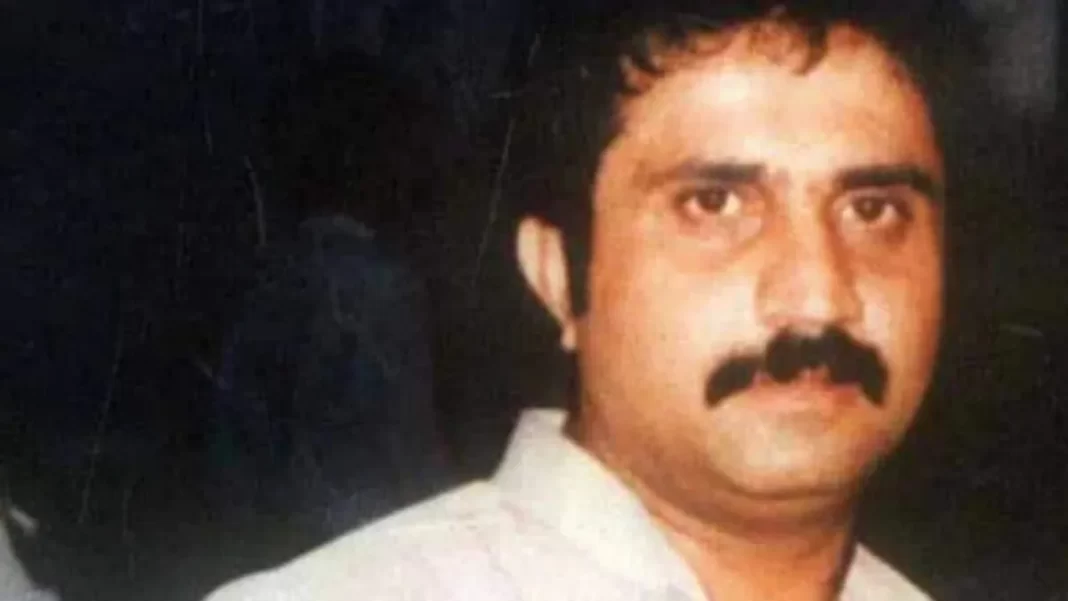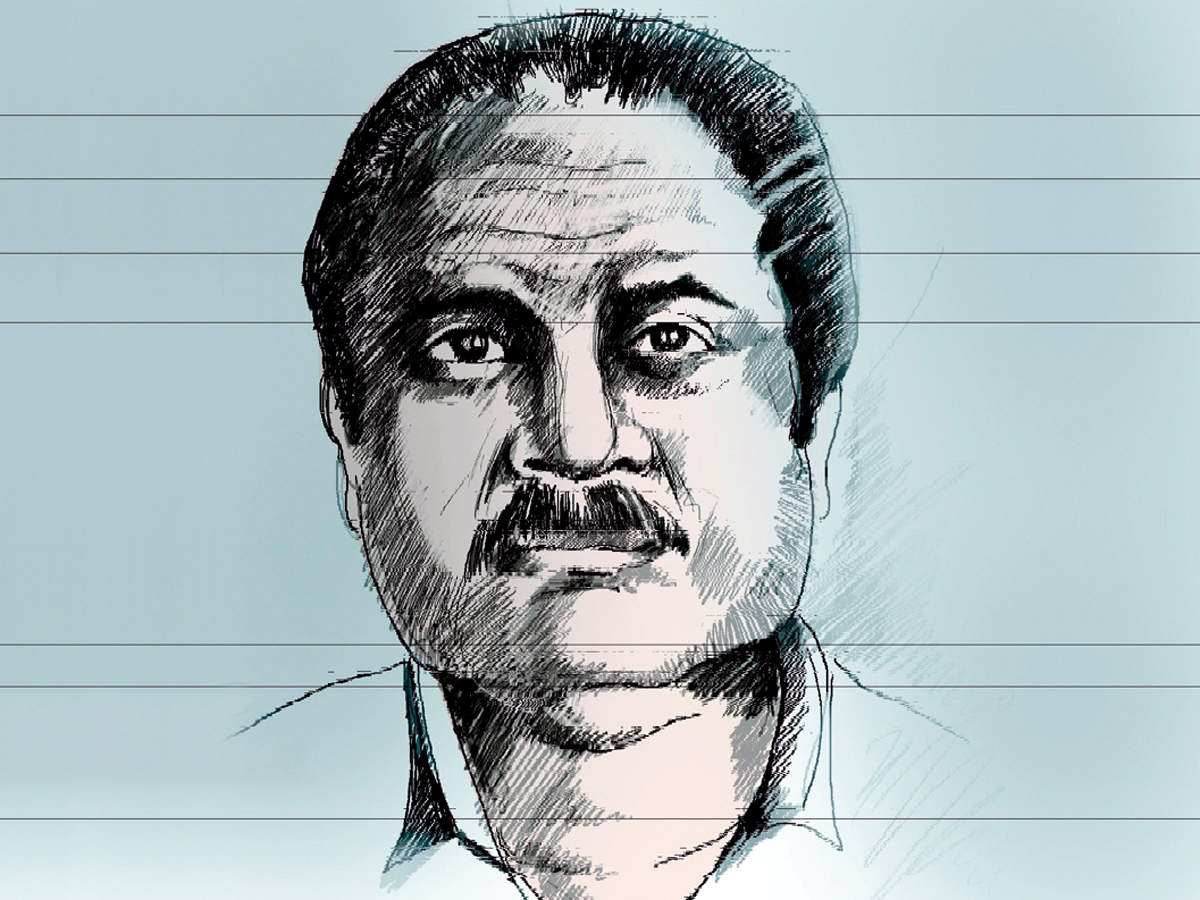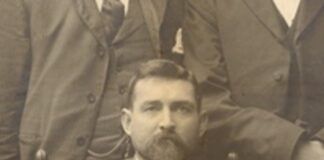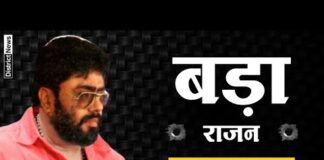about iqbal mirchi history, biography, case and business, is back in the news over a case of money-laundering. A look at the late 1980s gangster’s high-rolling life in London A murky real estate deal clinched in late 1980s has resurrected the ghost of Iqbal Mirchi, six years after his death in August 2013. Much like Mirchi, who fled India to make a home in London, his associates and friends, too, managed to duck the wrath of investigating agencies while he was alive. But that’s changed with the filing of the 12,000 page chargesheet against 16 people including the first wife and sons of Iqbal Mirchi and Dheeraj Wadhawan of Dewan Housing Finance Capital (DHFL). The Enforcement Directorate (ED), had also questioned NCP leader Praful Patel, and businessman Raj Kundra earlier.The case has revived the somewhat lapsed but potent imagination in the public domain, of the close links between politics, Bollywood and the underworld. That it takes a long dead and- gone gangster like Mirchi to revive this, is testament to the fact that the architecture of Mumbai’s underworld continues to hinge on individuals who survived the messy bloodbath of the 1980s, and mutated with the liberalisation of the economy.
It was in May 1986 that Mirchi was first nabbed by the Directorate of Revenue Intelligence in connection with the seizing of 600 kg of heroin — valued at around Rs 9 crore — from a farmhouse in Thane. However, prosecutors could not link Mirchi with the farmhouse and he was let off. When the heat became too much, Mirchi left India in late 1980s, and was first arrested by Interpol in London in April 1995, following a red corner notice for his arrest issued by the CBI. An extradition request was made on the basis that Mirchi was wanted for ordering a murder, and was the prime suspect in two drug seizure cases.
Mirchi was alleged to be behind the murder of Amar Suvarna (the manager of his rice mill) who was gunned down in February 1994 at Kala Ghoda. Suvarna is alleged to have introduced Mirchi to the drug syndicate in Europe and Canada, but was later killed at Mirchi’s behest when differences arose between the two.
During the extradition trial at the London’s Bow Street court, the defence lawyer for Mirchi described him as a “respectable Indian businessman” and informed the court that his family and friends could give sureties of more than 300,000 pounds for letting him out on bail. The court was informed that he travelled to various countries, like South Africa, Canada, Australia and Dubai, for business. Scotland Yard then told the court that they had received inquiries from law enforcement agencies in the US, Australia and South Africa following Mirchi’s arrest. Due to shoddy paperwork and lack of evidence the London court turned down the extradition plea leaving India red-faced, with the added ignominy of having to pay 95,000 pounds in damages to Mirchi.
Mirchi had, on a few occasions, shown an interest in surrendering before a court in Mumbai, but nothing had materialised. In 1996, he had filed for anticipatory bail which was rejected by the then additional sessions judge SP Davare. Mirchi had requested for an armed escort from the airport to the court, which was refused on the basis that such a request from a proclaimed offender could not be entertained.
In the late 1990s, Mirchi was supposed to have owned properties worth around Rs 25 crore in Mumbai. Many of the properties belonging to him were seized by IPS officer Sanjay Pandey who was then the DCP in the antinarcotics cell. Mirchi also owned plots around Mumbai. In 1998, the Bombay High Court ordered the release of some properties belonging to his wife, sisters and brother-in-law, while confirming the attachment of some other properties.
In January 1997, Mirchi made a second plea to surrender to the Mumbai police with the same rider that he be given an armed escort to ferry him to the court from the airport. This again did not bear any results, with the police insisting that it was against the state’s policy to provide protection to criminals. Interestingly, one of the earliest cases involving the Mumbai police that the National Human Rights Commission (NHRC), formed in early 1990s, took up, was filed by Mirchi. He had alleged that an IPS officer had demanded bribe from him. This caused considerable anger in police circles as the NHRC insisted on the cops presenting their case while Mirchi was represented by his lawyers. The idea of even an indirect face-off with Mirchi at a human rights forum was revolting to the Mumbai police. Mirchi reportedly continued to visit India till the 1993 Mumbai blasts. According to ED sources, he still continued to buy properties in the city in the name of his family and relatives. But having found no evidence of any criminal activity in England, the UK home office granted him indefinite leave to remain (akin to a residency permit) in the UK in 2001.
Until his death, Mirchi lived in Hornchurch, in northeast London, in a six-bedroom house that was located on a street of large, exclusive houses. The house had electronic gates, and Mirchi owned a series of luxury cars. But the image of a “successful businessman” who owned and managed a rice mill, among several other interests, was besmirched when he was named in a United Nations report as a senior member of the Dawood gang. This inclusion pointed to his alleged involvement in the drug trade.
A domestic case lands him in the dock
While his associates and friends are now finding the investigating agencies closing in on them in India, it is interesting that after the failed extradition bid, it was a dispute with another family member that landed Mirchi in deep trouble in the UK. Mirchi had taken his extended family members under his wing and had helped them in every possible way. One of his elder sister had fixed the marriage of her son Nadeem Kader’s daughter, with Mirchi’s son Asif.
Kader was also working with Asif in the latter’s marble business. However, in 2011, Kader broke about iqbal mirchi history biography case and business off the engagement and there was a huge row within the family. It was not the failed extradition, during which Mirchi was arrested, or even his inclusion in the UN report that renewed Scotland Yard’s interest in Mirchi. It was the rather tame case of a marriage being called off, and that too by a close relative, which led to Mirchi being produced in a London court.
Kader lodged a complaint of “threatening to kill” against Mirchi on October 9, 2011, following which Mirchi was promptly arrested on October 13. After two days of questioning while in custody, Mirchi was charged with threatening to kill Kader. about iqbal mirchi history biography case and business He was taken to the Redbridge Magistrates’ Court where he was remanded to judicial custody till October 20. Later, the charges were dropped due to lack of evidence. The Crown Prosecution Service (CPS) noted that “if more significant evidence or information is discovered at a later date, the decision may be reconsidered”. That never happened.
Mirchi’s first wife Hajra Memon and sons Asif and Junaid, who are currently under the scanner, are believed to be travelling between Dubai and the UK. So far, they have resisted all attempts to appear before the Indian courts. His second wife, Heena Kausar, who is the daughter of Mughal-e-Azam producer director K Asif, lives in a palatial house in Hornchurch. Speaking to Mirror, Kausar said that Mirchi was a devoted husband who valued his family, and often reminisced about his life in India. In the few interviews that Mirchi gave to the press, he has always insisted that he had nothing to do with Dawood Ibrahim, and proclaimed his love for Mumbai. In fact, once a statement issued on his behalf by his solicitor, ended with ‘Jai Hind’!







